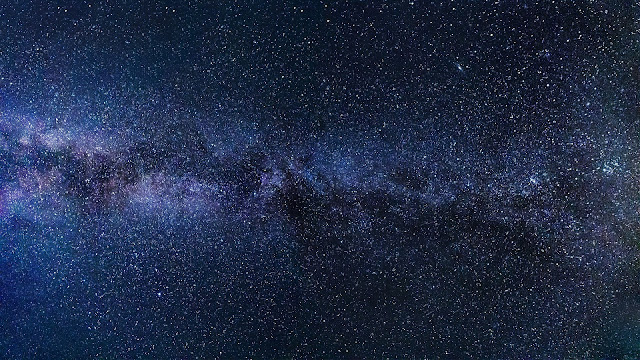THE IDEA OF THE UNIVERSE
A few days back I came across a very interesting quote in the internet. It goes like this " once upon a time there was no time". It fascinated me so much that I printed out a copy,framed it and hanged it up on my room wall. Indeed the quote was true. Before the big Bang nothing existed not even quantities like light,time etc. The entire universe that we see today was concentrated in a single atom called the Primeval atom and the atom was infinitesimally small. But let's discuss about the origin of the universe in an another article. In this article I'll be talking about how our perspective about the universe changed over time. Before I begin I would like to point a theory here about a cave. There was once a boy who lived in a cave. Infact he was born inside that cave but one day out of curiosity he stepped outside the cave and then he realised that the world surrounding him are completely different then what he expected. Actually when he was inside the cave his view about the world was limited to whatever he sees around him inside the cave but once he stepped outside he found out that the world is much bigger than he expected. I sited this theory because this is what have been happening since the inception of the human race. As the human species is evolving he's trying to figure out more and more about his surroundings. But it seems that as soon as we step outside a cave we find ourselves in an another cave that is much bigger than the former. In the early days the people thought that the earth was flat supported on the back of a tortoise. But as time advanced, a Greek philosopher Aristotle for the first time suggested that the earth was not flat but round. He even carried out experiment to support his theory. Another famous philosopher named "Ptolemy" stated that the stars, the sun and the moon revolves around the earth. He proposed that the earth was at complete rest. This is quite ridiculous if we think of it now. However ,the first design of the solar system was given by Nicholas Copernicus,it was he who for the first time proposed that the earth is revolving around the sun. Then came Galileo who for the first time viewed the planets with the help of a telescope. His findings gave the final blow to Ptolemy's idea of the earth being at absolute rest. He also observed that the earth sometimes get closer and sometimes away from the sun. This two phenomena is called apehelion and perihelion. On 3rd January the earth gets closer to sun and the distance between them remains 147 million kms known as perihelion and on 4th July the earth gets furthest from the sun and the distance between sun and earth remains at 152 million kms and is known as apehelion. The reason for it was further explained by Kepler when he said that the planet's revolves around the sun not in complete circular but in elliptical orbits. Now Ptolemy in his cosmological model stated the fixed stars as a natural boundary of the universe. But when Newton came up with his laws of gravitation,it appeared that the stars cannot remain motionless since the gravity of the stars should attract each other. But if that's the case then the stars should fall on each other. Then why is it not happening?? The answer to that was proved by another scientist called Edwin Hubble. He stated that the universe is expanding at every second and at every moment. He further stated in his law that every object in the universe is moving towards or away from one another with a relative velocity that is directly proportional to it's distance. That means the universe is expanding but not at a uniform rate but at an accelerating one. He also discovered the Andromeda galaxy which was previously thought to be a nebula coded as M-31. It's clear that we have come a long way since the time when people believed that the earth was flat to the time when now people knows that the earth is just a miniature particle in this infinite mystery of the universe. But one fact will always hold true as I have stated previously, that whenever we come out of a cave we will always end up in an another one that is bigger than the former.



Comments
Post a Comment